 Bomber Command
Bomber Command  |
Aircrew Chronicles
|
Aircrew Losses
|
Nose Art
|
BCATP
|
Lancaster
|
Media
|
Aircrew Chronicles
|
Aircrew Losses
|
Nose Art
|
BCATP
|
Lancaster
|
Media
 Bomber Command
Bomber Command  |
Aircrew Chronicles
|
Aircrew Losses
|
Nose Art
|
BCATP
|
Lancaster
|
Media
|
Aircrew Chronicles
|
Aircrew Losses
|
Nose Art
|
BCATP
|
Lancaster
|
Media
No. 6 Group and the Canadian Squadrons
Bomber Command

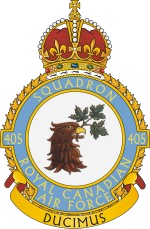
|
|
Ten weeks after forming at Driffield on 23rd April, 1941, 405 Squadron completed their first bombing operation on a railway marshalling yard in Germany. Within the same month the squadron was relocated to Pocklington. The squadron was originally outfitted with Wellingtons, but was converted to Halifax bombers in 1942 in time to participate in the historic 1000 bomber raid to Cologne. For a brief time 405 Squadron assisted Coastal Command in North Africa before returning to No. 6 (RCAF) Group. Shortly thereafter, the squadron joined and remained in No. 8 (Pathfinder) Group until the end of the war. Towards the conclusion of the war 405 Squadron was equipped with Lancasters, being the first unit to operate the Canadian-built Lancaster X. The very first Canadian Lancaster was nicknamed The Ruhr Express, and served two operations with this squadron.
Over the course of operations 405 Squadron was also stationed at Topcliffe, Beaulieu, Leeming, Gransden Lodge and Linton-on-Ouse. Any aircraft belonging to this squadron was marked with a serial number beginning with "LQ."
The crest for No. 405 Squadron displays an eagle holding a sprig of maple in its beak, with the motto "Ducimus" ("We lead") written below. The motto represents how this squadron took a leading role by forming the first RCAF Squadron overseas and serving as the sole RCAF Pathfinder unit.
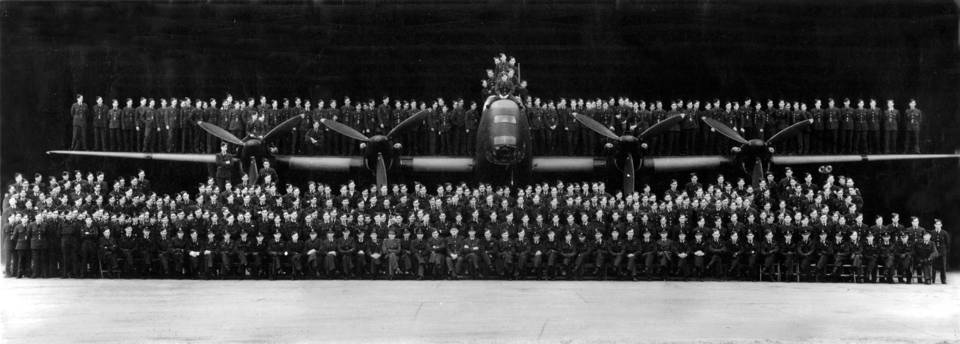
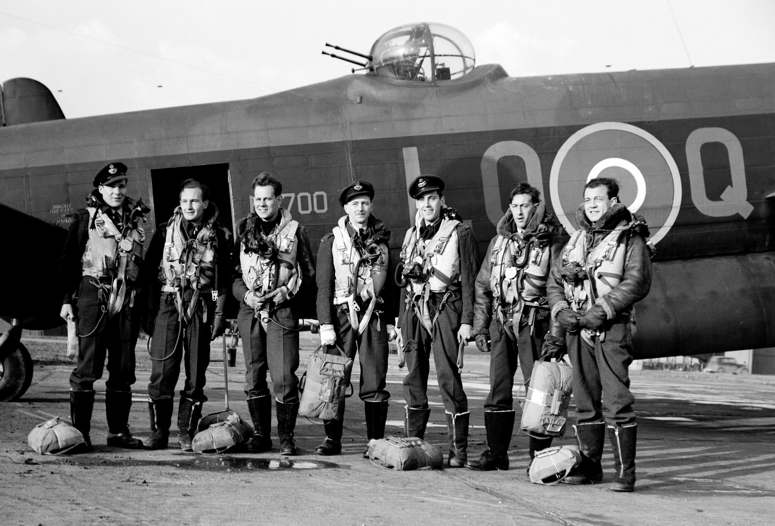
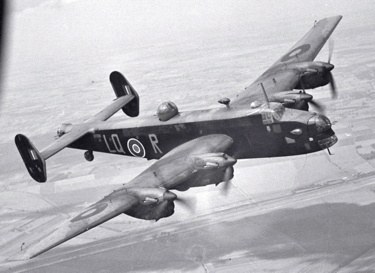 |
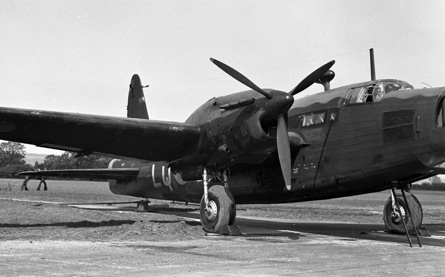 |